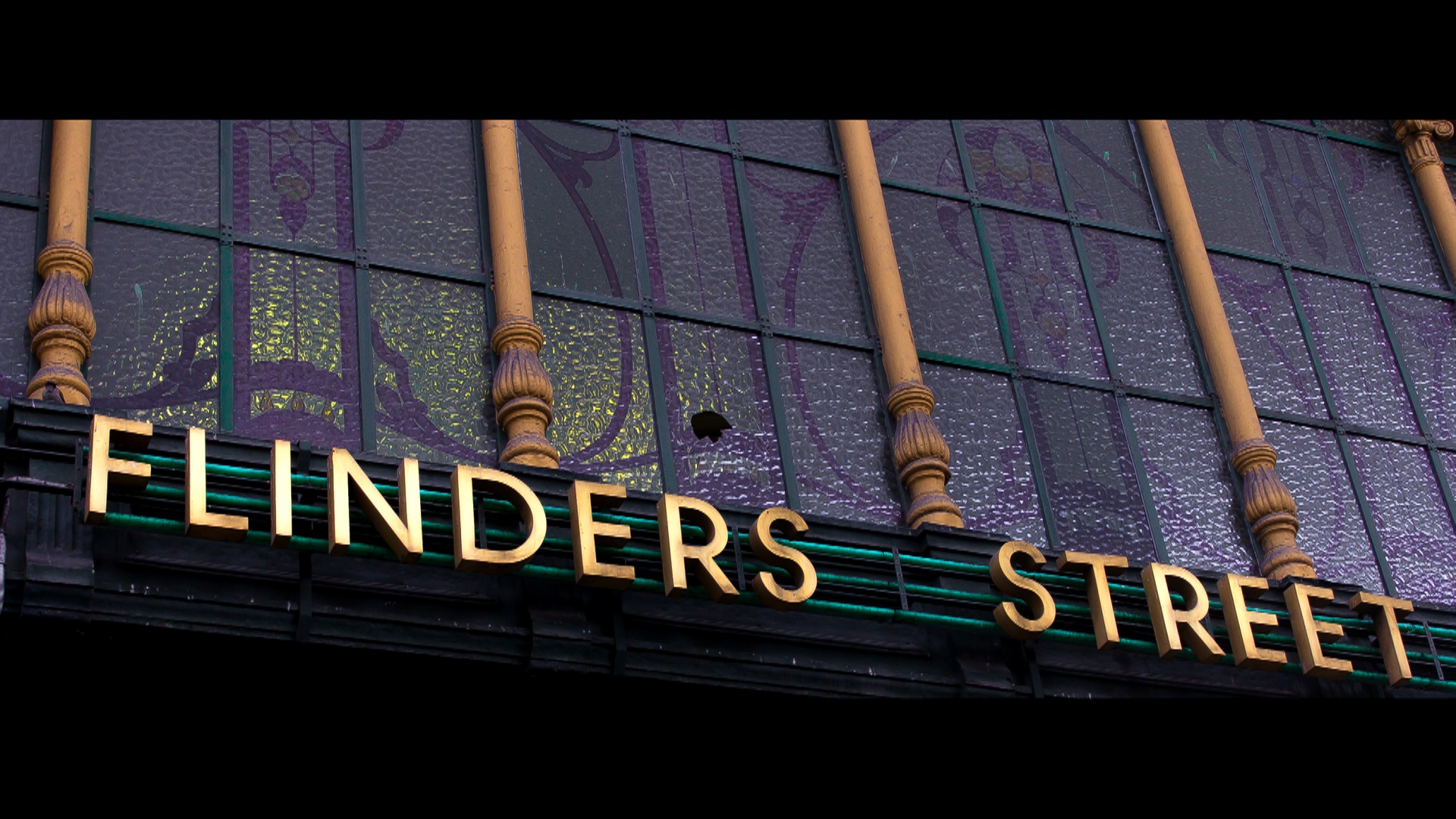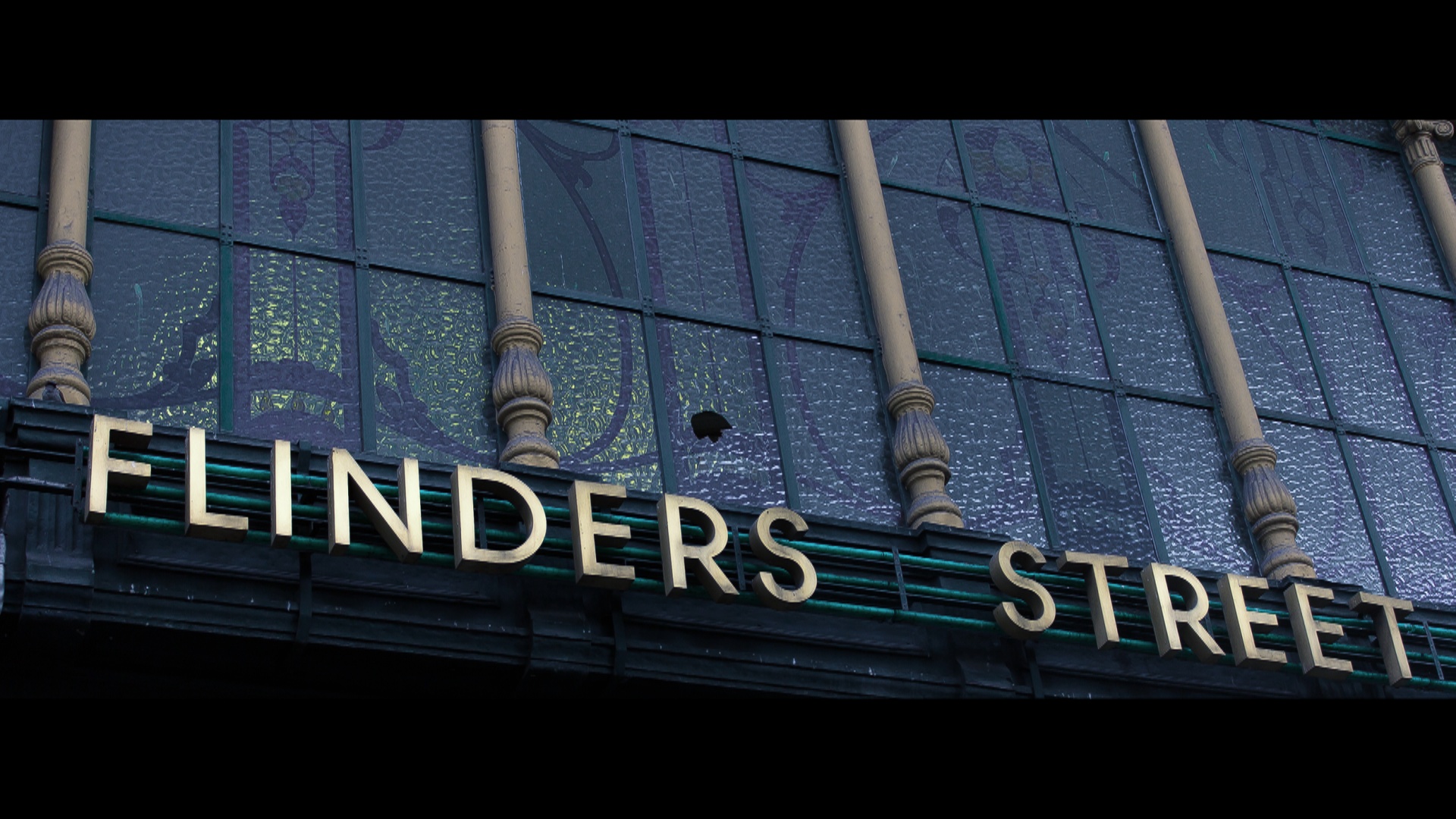In the week and days leading up to the actual seminar, I was relatively relaxed, thinking the majority of my work was done and I didn’t have to worry too much about what was actually going on in the day. Sure, I said I’d edit together some pre-show footage to project on the screen before the seminar started, and put together a little ‘Star Wars’ style intro and opening text crawl, but that’d be easy, right?
It should’ve been, and in many ways it was, but I definitely didn’t do myself any favours with the amount of time I allocated to the task. Something as getting the right font for the titles and getting them to animate properly took a couple more hours than they thought were needed, and they were a couple of hours I really didn’t have up my sleeve.
There were other blunders too, like when I exported out the opening sequence and didn’t realise I had left a whole chunk of footage in one of the layers that was supposed to be invisible, but wasn’t. This chunk of footage proceeded to obscure the titles I was working so hard on, which would’ve been a pretty embarrassing muck-up if I ended up showing it on the big screen.
Naturally, I ended up having to come in a couple of hours before the seminar started to re-export the videos, and naturally the videos took longer than usual to export. Henry was next to me too also rendering out an animated version of his poster background to use as the background footage for when the guests were talking, and of course After Effects was taking it’s sweet old time too. But in the end, the videos were sitting on our USB drives, and we were making our way across the road to plug them into the screens.
That was when I realised that stuff was getting a bit more stressful than it should’ve been for me. When it came to that moment, I was only focused on getting my USB drive into the seminar room’s computer and getting those videos working on screen. But I wasn’t ready to multi-task, which was the reality for everyone in our group. As opposed to the weeks of preparation for the seminar, this hour leading up to it had everyone running around checking each other’s status, trying to find extra help, or helping out others. Aside from getting those videos on the screen, I found myself trying to work out how the lights worked, testing the microphones and speakers, tracking down other group members who had seemingly vanished into thin air, and helping out with catering.
It was all hectic, but our group held strong, and we pushed through and pulled off what I think was a fairly decent seminar. So yeah. Yay.

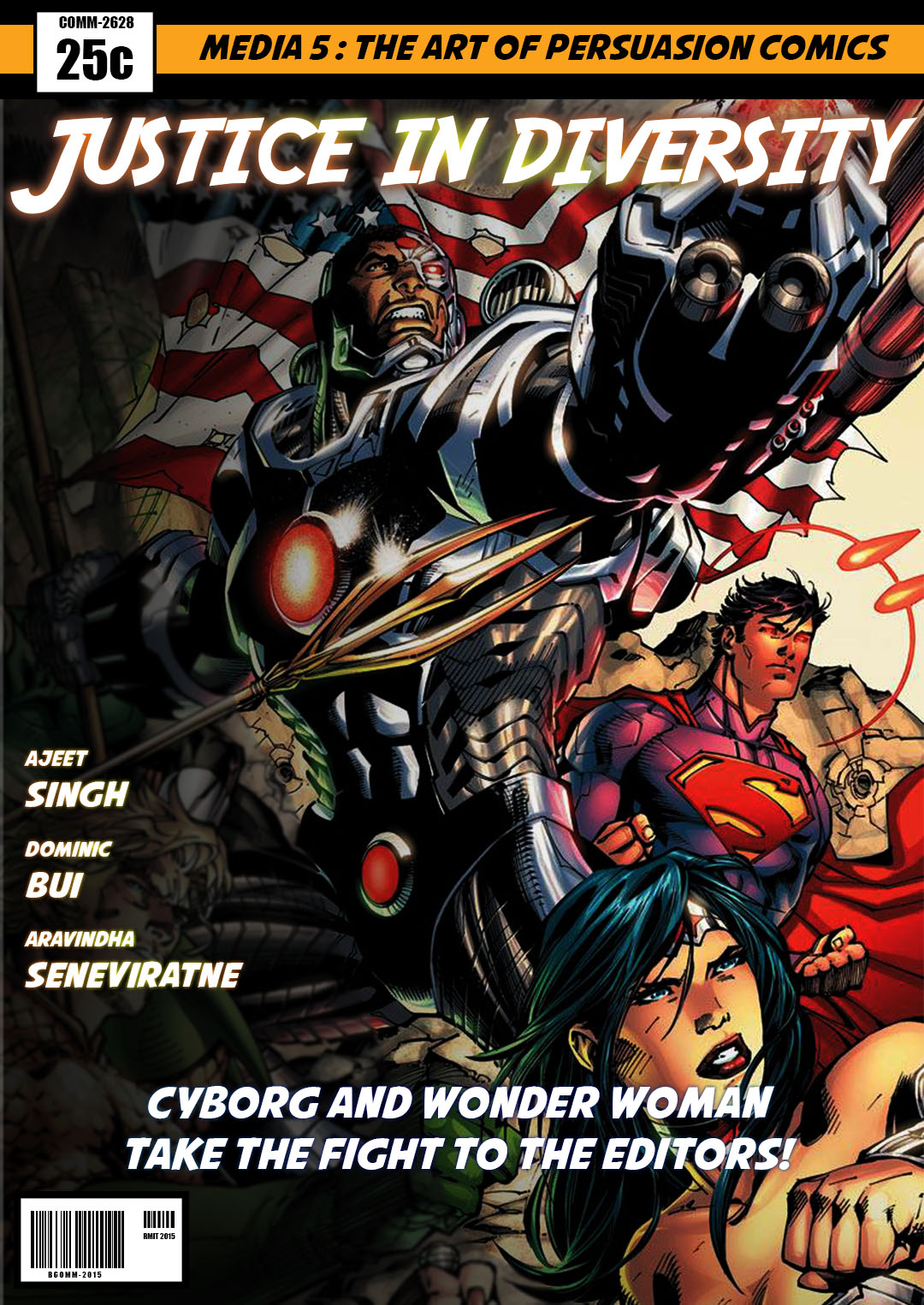


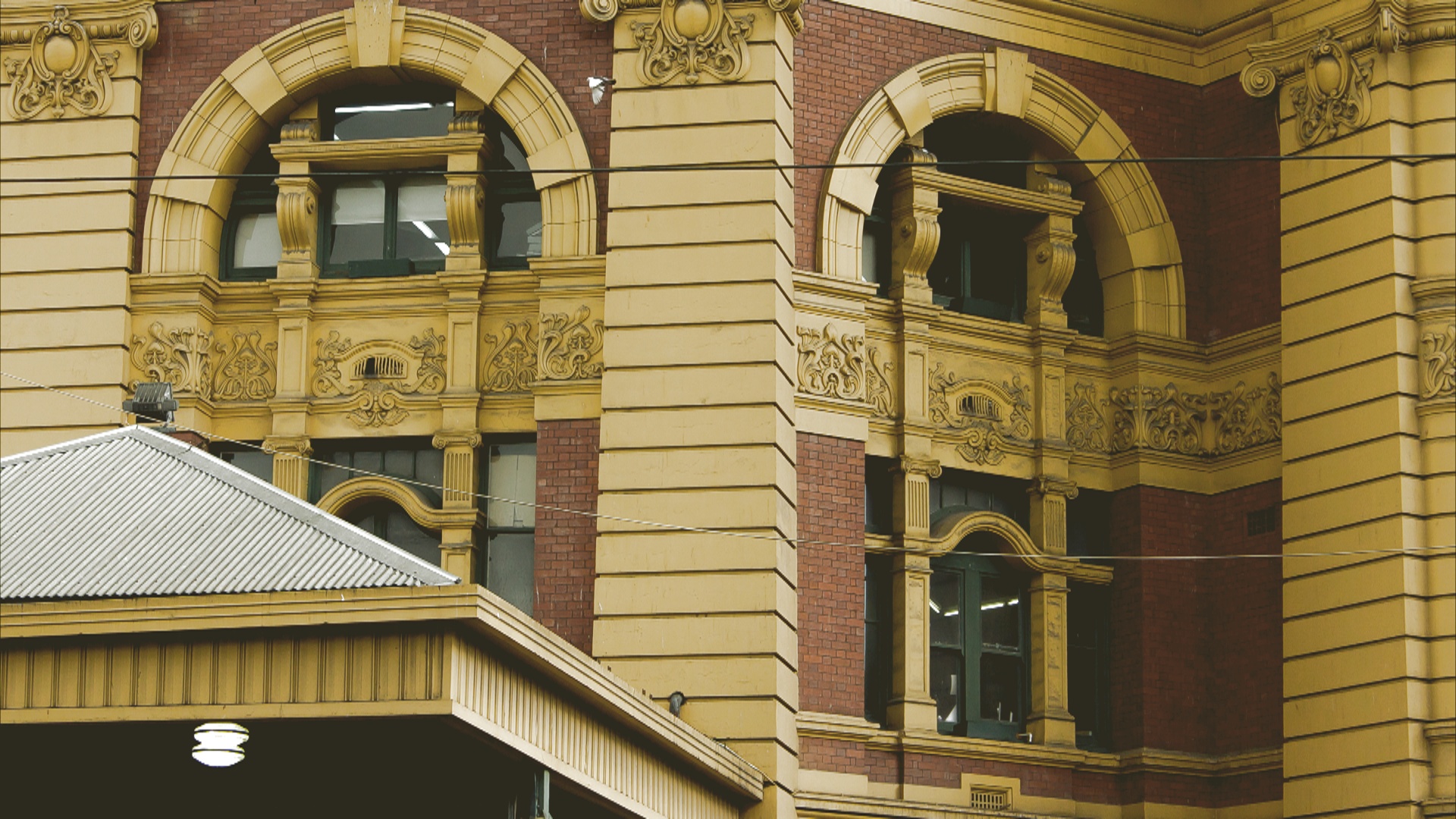
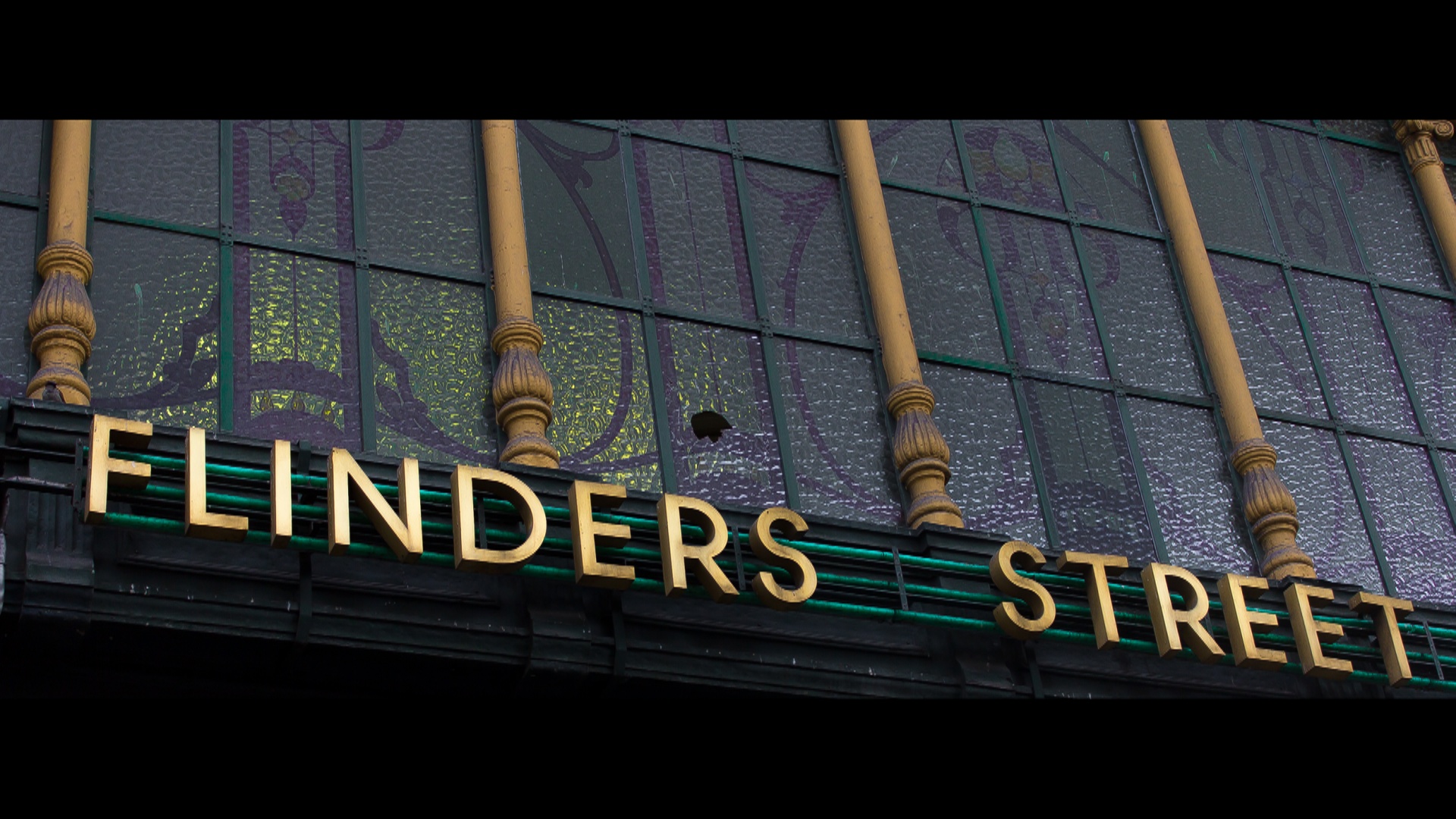 Grade 1: Slightly boosted brightness, contrast and saturation and added some purple midtones to give the image some more overall vibrance and colour.
Grade 1: Slightly boosted brightness, contrast and saturation and added some purple midtones to give the image some more overall vibrance and colour.